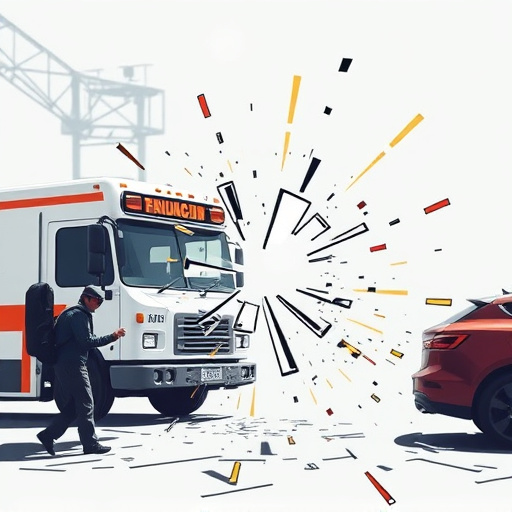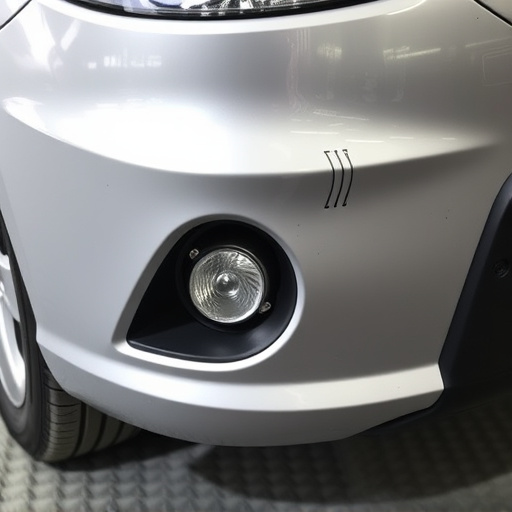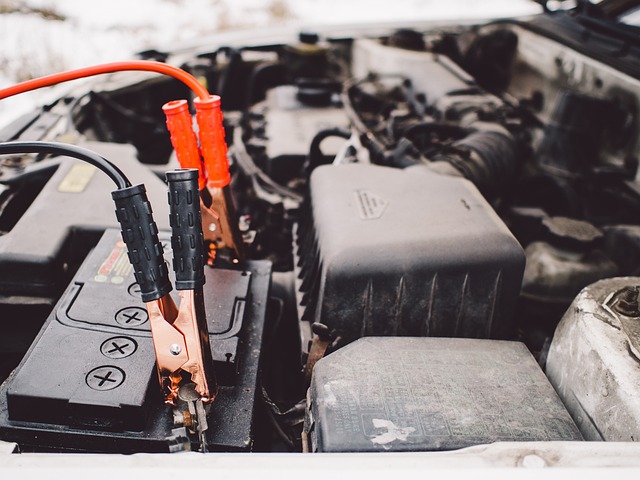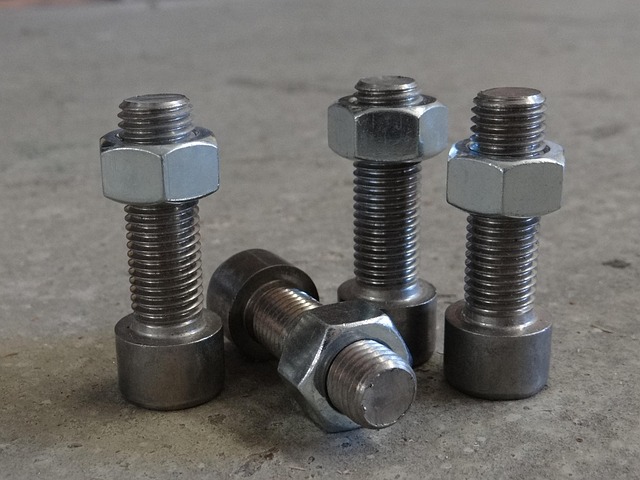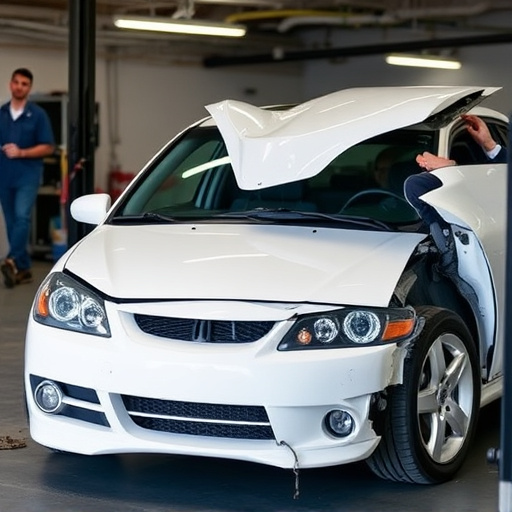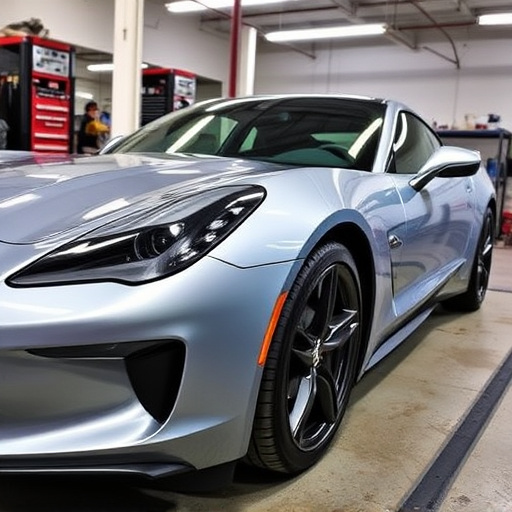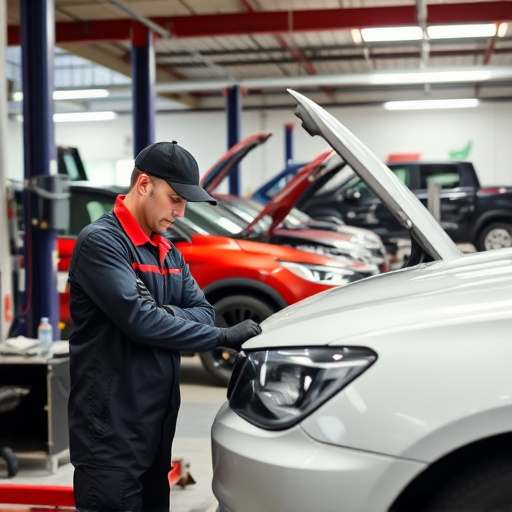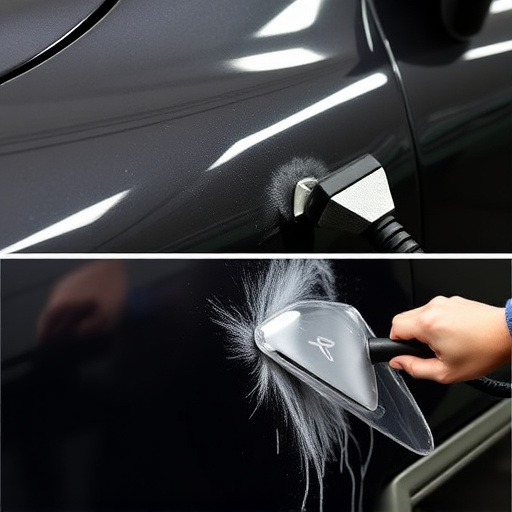Mercedes high-voltage disconnects are vital safety tools for servicing modern vehicles with advanced electric systems. They isolate high-voltage components during repairs, preventing short circuits and electrical hazards, especially in delicate restoration processes like car bodywork. This specialized equipment enhances workshop efficiency and technician safety, becoming indispensable for professional auto body shops repairing electric vehicles.
Mercedes vehicles are renowned for their cutting-edge technology, and high-voltage (HVD) systems are a key component. Understanding these intricate networks is essential for safe and efficient servicing. This article delves into the significance of Mercedes HVD disconnects as a critical safety measure. By isolating high-voltage components, technicians can work with peace of mind, ensuring no accidental discharges. Furthermore, it streamlines service procedures, allowing for faster, more effective repairs without compromising safety.
- Understanding Mercedes High-Voltage Systems
- Safety First: Why Disconnect Is Crucial
- Efficient Servicing: The Role of HVD in Workshop Practices
Understanding Mercedes High-Voltage Systems

Mercedes high-voltage systems have evolved significantly over the years, integrating advanced technologies to enhance performance and efficiency. These systems power a variety of functions in modern Mercedes vehicles, from electric motors and battery packs to sophisticated driver assistance features. Understanding how these high-voltage components work is crucial when considering servicing or repairs. A Mercedes high-voltage disconnect is a safety mechanism designed to isolate the high-voltage system from the rest of the vehicle during service, ensuring the safety of technicians and preventing accidental short circuits or electrical failures.
While specialized knowledge and tools are required to safely interact with these systems, it’s important not to overlook their critical role in today’s vehicles. Just as a collision repair center or vehicle body shop wouldn’t attempt paintless dent repair without understanding the underlying structure, servicing high-voltage systems demands a deep comprehension of their intricate design and safety protocols. This includes recognizing the potential hazards associated with high voltage and prioritizing safety measures at every step.
Safety First: Why Disconnect Is Crucial

Safety is paramount when it comes to servicing high-voltage vehicles like Mercedes. The Mercedes high-voltage disconnect plays a critical role in ensuring this safety during any automotive repair or car body restoration process. By isolating the high-voltage system, it significantly reduces the risk of electrical faults, short circuits, and associated hazards, which can be particularly severe in modern vehicles with complex electronic systems. This step is essential for both the technician’s well-being and the integrity of the vehicle.
The process not only minimizes the chance of injury but also allows for a thorough inspection and repair without interference from live electrical components. It’s a fundamental practice that should never be skipped, especially in the intricate world of vehicle paint repair, where even a minor spark could damage the delicate finish or worse. Always prioritize safety by following the manufacturer’s guidelines and employing appropriate measures like the Mercedes high-voltage disconnect during any service procedure.
Efficient Servicing: The Role of HVD in Workshop Practices

In modern automotive workshops, efficient servicing is not just about skilled technicians and advanced tools; it’s also heavily reliant on specialized equipment like the Mercedes high-voltage disconnect (HVD). This innovative technology plays a pivotal role in enhancing workshop practices by ensuring safe and streamlined service procedures. By isolating high-voltage components, HVDs allow mechanics to work on electric vehicle (EV) systems with unprecedented ease and precision.
This is particularly crucial in the realm of car bodywork and fleet repair services, where safety is paramount. Auto body shops that incorporate Mercedes HVDs into their routines can significantly reduce the risk of electrical accidents, ensuring that technicians are protected while working on complex EV components. This not only improves workshop efficiency but also contributes to the overall reliability and longevity of the vehicle, making it an indispensable tool for any professional auto body shop dealing with modern electric vehicles.
Mercedes high-voltage systems, with their advanced capabilities, demand a specialized approach during servicing. Safety is paramount, hence the necessity for a Mercedes high-voltage disconnect (HVD) procedure prior to any work. This practice ensures that technicians can service these intricate systems effectively without compromising safety. By implementing HVD, workshops can streamline processes, reduce risks, and maintain the superior standards expected from Mercedes-Benz vehicles.
